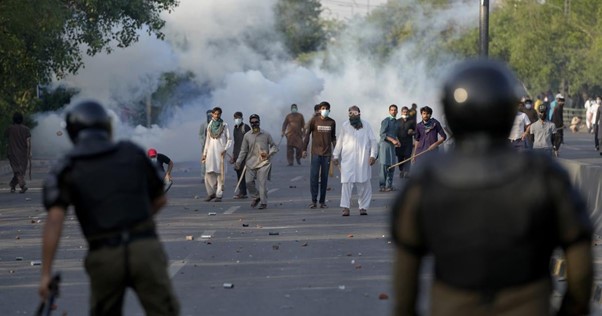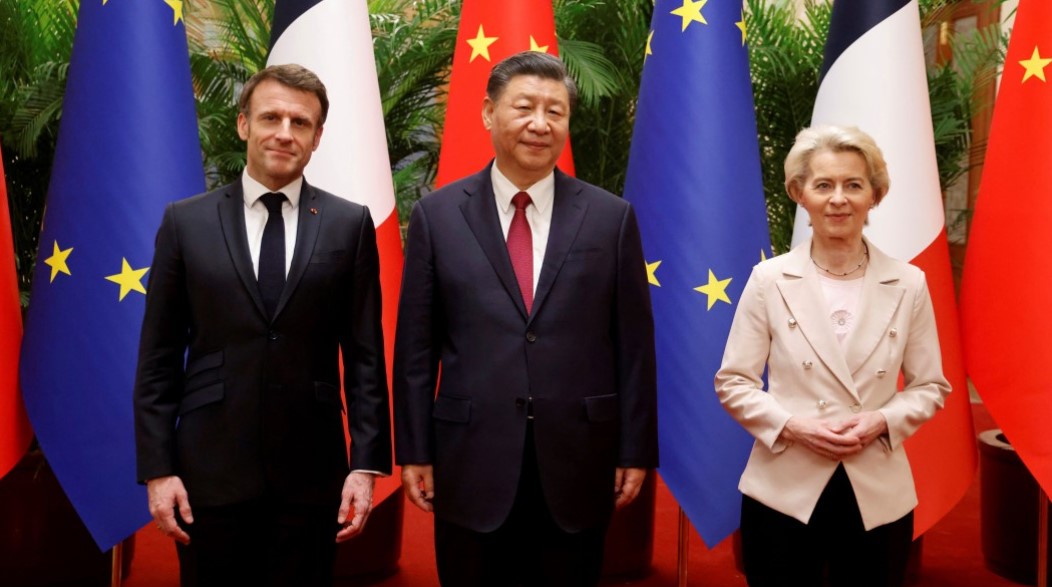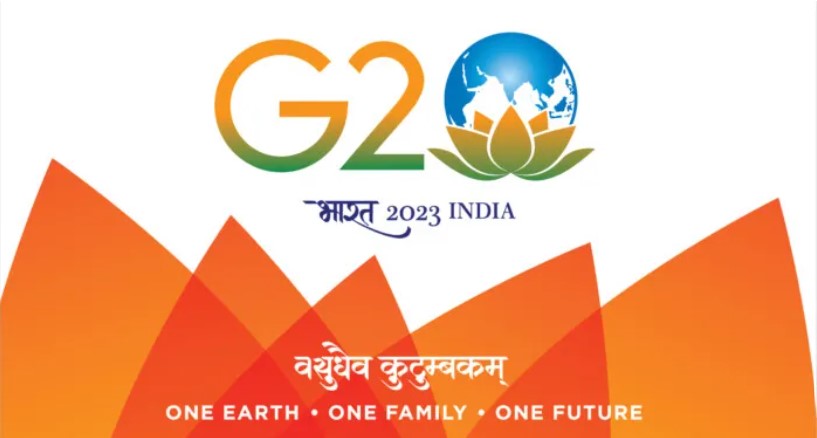India – A Global Superpower: Economic Perspective
Thu, 15 Dec 2022 | Reading Time: 4 minutes
“The 21st is the Indian Century. India is going to be the biggest economy in the world.” – Clyde V. Prestowitz Jr., Councilor of Ronald Regan.
After 75 years of Independence, India is a blend of spirituality and modernity. India has an export of goods and services to 75 countries of the world. When we verbalize about the potential superpowers, the contenders since 1990s are China, Russia, European Union and India. And in recent times, India is one of the potential superpowers. Potential superpower: A country having a hegemony in military, economy, space, technology and culture. It’s a state or a political and economic entity that is notionally theorized to be or to have the potential to anon become a ‘superpower’. With the dominance over the International Monetary Fund (IMF), World Bank and World Trade Organization (WTO), USA has become a major economic power. USA has been promoting its culture for years using TV shows, media & Think Tank. In the field of technology, they have been able to get the desired result through Tesla, and with the prospect of SpaceX and NASA. “Nation having military to go for an all-out war with the most powerful nation is a superpower” – John Mearsheimer.
After COVID crisis and then Russia-Ukraine conflict, India has been recognizing and shown the potential of becoming not only the superpower but being recognized as the global superpower. A global superpower is a nation that’s part of the world’s trillion-dollar club, an organization consisting of the world’s top grossing nations. Although international competition for global dominance has been stiff, India has been managing to maintain its role. Chanakya’s Saptang Theory As per Chanakya, State must focus on two important elements: a) 7 elements and b) Statecraft. Statecraft shouldn’t be a unidimensional but plural ranging from a choice of alliance, maintaining a diplomacy, strong economy, policies made by experts and safeguarding both territory and its people (through health and education). 7 pillars of statecraft are: 1. Swami (Leader), 2. Amatya (Minister) 3. Janapada (Country 4. Durg (Infrastructure) 5. Kosh (Finance) 6. Dand (Defense) 7. Mitra (Diplomatic relationship).
Arthshastra and its basic tenants would continue to be followed by nations as it deals with topics as diverse as politics, interstate relations, military organization, war fighting & intelligence economy, trade practices, shipping and gender relations. In short it covers entire spectrum of public administration and other aspects that modern citizens look for in their nation. Shiv Shankar Menon, former National Security Advisor, during a seminar by IDSA in 2013has succinctly summed up the relevance of Arthshastra by stating that, “The concept and ways of thinking that the Arthshastra reveals is useful, because in many ways, the world which we face today is similar to that in which Kautilya operated in when he built the Mauryan Empire to greatness”.
Understanding National Power National Power means the capability of state/nation to secure the goals and the objectives of the national interests in relation with other nations. National Power is a manifestation of nation’s military might, economic strength and diplomatic reach. These are interlinked with strategic location of the country, it’s industrial growth, infrastructure development, economic capabilities, leadership and political stability. India’s Economic growth With the shift of economic power, Asian century is set for the new future. Indian economy is 7.5% of world economy in PPP terms. India’s economy is forecast to grow by 7% this year, making her the 5th largest economy. India was ranked 11th largest economy a decade ago.
Quoted from report of Goldman Sachs (2003), In the next five years, India will be the fastest growing of all the major economies in the world due to its large young workforce. As per Kenneth Waltz, population is one of the important dimensions of power. IMF sees India as the 4th largest economy by 2027. And from the report of IHS Markit (2021): they predicted that India would become Asia’s 2nd largest and world’s 3rd largest economy, by witnessing an increase from $3.5 trillion to $8.4 trillion economy by 2030. The report suggests that India’s consumption expenditure will double in 2030 compared to 2020 from $1.8 trillion to $3 trillion. Growing consumer market & largest industrial base with cheap labor makes India an attractive destination for investors.
Long term growth perspective of India has remained positive due to young population, corresponding low dependency rates, healthy savings & investment rates, increasing globalization in India and integration into the global economy. 70% of Indian GDP is driven by domestic private consumption. India is having 6th largest consumer market. In 2020, India was 14th largest importer and 21st largest exporter. Indian industry accounts for 26% of GDP and employs 22% of total workforce. Focus on manufacturing through government initiatives like ‘Make in India’ and ‘National Investment & Manufacturing Zones’ are playing as a booster in manufacturing sector. Rapid digital transformation and e-commerce has been laying path for economic self reliance. 110cr Indians will be connected with Internet, double than 2020 (550 million). Internet accessibility, logistic support, online grocery and ease of doing business are founding stones for the future prospect.
Today, India ranks 37th in Ease of doing business index and 28th on Global Competitiveness Report. India has been the huge market for big tech-giants like Meta, Facebook, Amazon, WhatsApp, etc. Manufacturing, banking, IT and service sector have positive growth. With BRI and loan initiative, China is maintaining her economic dominance along with cheaper goods. In fact, India and China have trade of worth 50 billion dollars. And this global dependency on China makes it an economic edge. Other nations are highly dependent on India for our skillful & trained professionals.
We need to be self-sufficient in gas, oil, coal, iron, steel, petroleum products and food grains. Commercialization of space sector will help India to be a “space guns” with affordability of space at minimal cost. Utilization of resources in a best possible way along with reforms through economic policies can make India to attain a status of Global superpower by the end of 2040.
Disclaimer
The opinions expressed in this article are the author’s own and do not reflect the views of Chanakya Forum. All information provided in this article including timeliness, completeness, accuracy, suitability or validity of information referenced therein, is the sole responsibility of the author. www.chanakyaforum.com does not assume any responsibility for the same.
Chanakya Forum is now on . Click here to join our channel (@ChanakyaForum) and stay updated with the latest headlines and articles.
Important
We work round the clock to bring you the finest articles and updates from around the world. There is a team that works tirelessly to ensure that you have a seamless reading experience. But all this costs money. Please support us so that we keep doing what we do best. Happy Reading
Support Us




















POST COMMENTS (0)